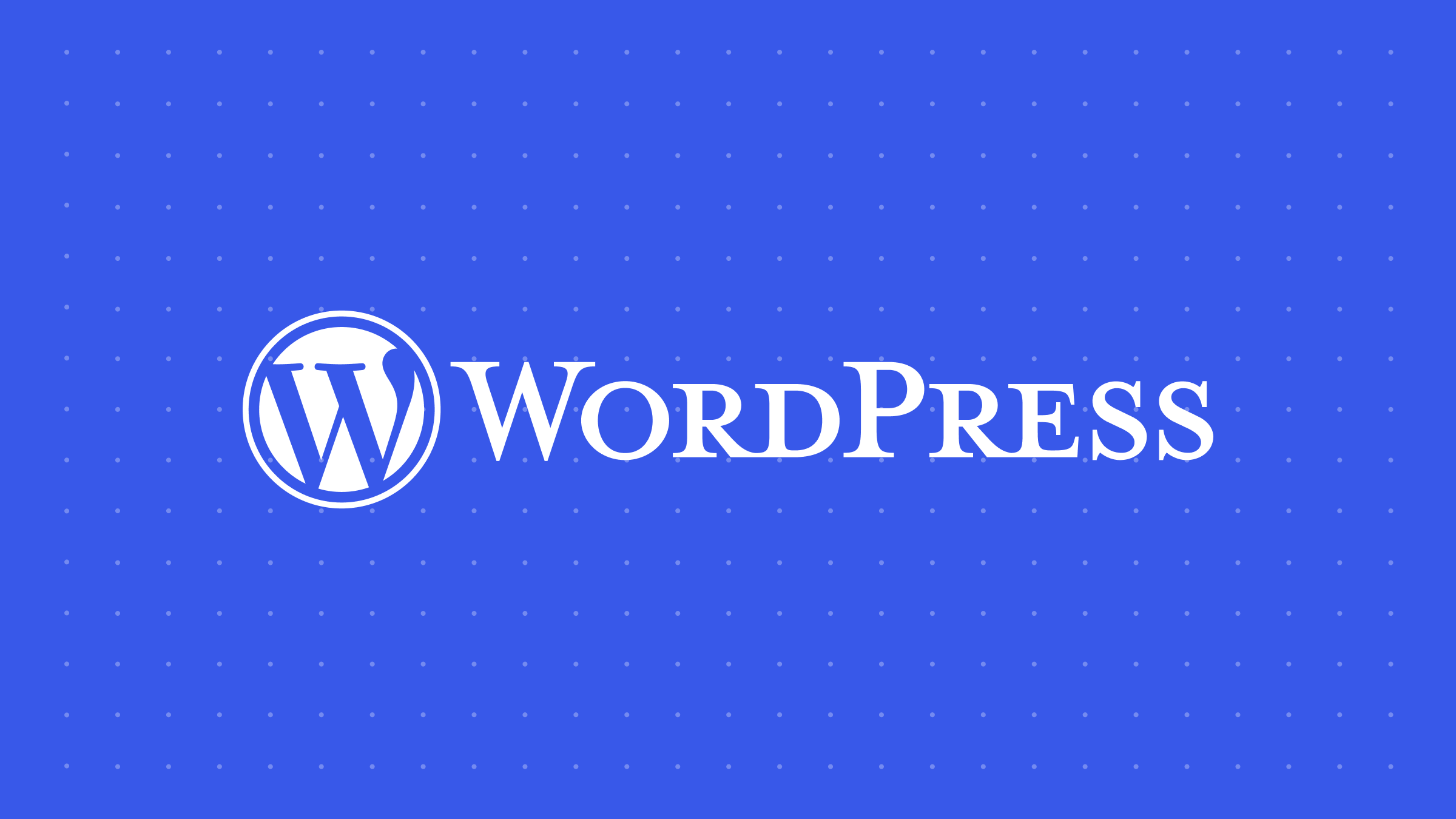
WordPress Speed Optimization: 4 Ultimate Tips for Boost Performance
In the fast-paced digital world, website speed is crucial for retaining visitors and ensuring a seamless user experience. A slow-loading site can frustrate users, leading to higher bounce rates and lower conversions. This is where WordPress Speed Optimization becomes essential. In this ultimate guide, we’ll explore expert tips and strategies to enhance your WordPress site’s performance and ensure it loads lightning-fast.
Why WordPress Speed Optimization Matters
1. Improved User Experience: Users expect websites to load quickly. A slow site can lead to frustration and abandonment, while a fast site keeps visitors engaged and satisfied.
2. Higher Search Engine Rankings: Google considers page speed a ranking factor. Faster sites are more likely to rank higher in search results, driving more organic traffic.
3. Increased Conversion Rates: A speedy site enhances user experience, which can lead to higher conversion rates. Whether it’s making a purchase, signing up for a newsletter, or filling out a contact form, every second counts.
Key Factors Affecting WordPress Speed
Several factors can impact your WordPress site’s speed. Understanding these elements is the first step toward effective WordPress Speed Optimization.
1. Hosting Environment
Choosing the right hosting provider is crucial. Opt for a reliable hosting service that offers good performance and uptime. Consider managed WordPress hosting for optimized speed and security.
2. Themes and Plugins
Not all themes and plugins are created equal. Some can significantly slow down your site. Choose lightweight themes and only install essential plugins. Regularly update them to ensure optimal performance.
3. Images and Media
Large image files can drastically slow down your site. Optimize images by compressing them without losing quality. Use lazy loading to defer offscreen images until they’re needed.
4. Caching
Caching stores static versions of your site, reducing the load on your server and speeding up load times for returning visitors. Use caching plugins like W3 Total Cache or WP Super Cache.
5. Content Delivery Network (CDN)
A CDN distributes your site’s content across multiple servers worldwide, reducing the distance data has to travel and speeding up load times for global users. Popular CDNs include Cloudflare and MaxCDN.
Ultimate Tips for WordPress Speed Optimization
1. Optimize Your Database
Over time, your WordPress database can accumulate unnecessary data, such as post revisions, spam comments, and transients. Regularly clean up your database using plugins like WP-Optimize.
2. Minify CSS, JavaScript, and HTML
Minification removes unnecessary characters from your code, reducing file sizes and improving load times. Use plugins like Autoptimize or WP Rocket to minify your files.
3. Enable Gzip Compression
Gzip compression reduces the size of your files, speeding up their delivery to users’ browsers. Most hosting providers support Gzip compression, or you can enable it through plugins like WP Rocket.
4. Optimize Your Homepage
Your homepage is often the first impression visitors get of your site. Keep it clean and focused. Display excerpts instead of full posts, reduce the number of posts per page, and remove unnecessary widgets and plugins.
5. Defer JavaScript Loading
Deferring JavaScript loading means it only loads after the main content of your page has loaded. This can significantly improve perceived load times. Use plugins like WP Rocket or Async JavaScript to defer JavaScript loading.
6. Leverage Browser Caching
Browser caching stores certain static files on users’ devices, so they don’t have to be downloaded again on subsequent visits. Configure browser caching using plugins like W3 Total Cache or through your .htaccess file.
7. Use a Lightweight Theme
Choose a theme that’s optimized for speed. Avoid themes with excessive features and options you don’t need. Some recommended lightweight themes include Astra, GeneratePress, and Neve.
8. Optimize Images
Use image optimization tools like Smush or ShortPixel to compress images without losing quality. Also, consider using modern image formats like WebP for better compression rates.
9. Regularly Update WordPress
Keeping WordPress, themes, and plugins up-to-date ensures you’re running the latest, most optimized code. Updates also include security patches that can protect your site from vulnerabilities.
10. Monitor Your Site’s Performance
Regularly test your site’s speed using tools like Google PageSpeed Insights, GTmetrix, or Pingdom. These tools provide insights and recommendations to further improve your site’s performance
Advanced Techniques for WordPress Speed Optimization
1. Implement AMP (Accelerated Mobile Pages)
AMP is a framework that creates fast-loading mobile pages. Implementing AMP can significantly improve your mobile site’s performance. Use plugins like AMP for WP to set it up easily.
2. Use a Static Site Generator
If your site doesn’t require dynamic content, consider using a static site generator. This can dramatically reduce load times as static sites are inherently faster than dynamic ones.
3. Optimize Your Server
Server-side optimizations can also boost your site’s speed. Use the latest PHP version, configure server caching, and consider using a reverse proxy like Nginx.
4. Implement Lazy Loading for All Media
Lazy loading delays the loading of non-critical resources (images, videos) until they’re needed. This can significantly reduce initial load times and improve performance.
5. Reduce External HTTP Requests
Minimize the number of external resources your site loads, such as fonts, scripts, and stylesheets. Combine multiple files into one and remove unnecessary resources.
6. Utilize Prefetching and Preloading
Prefetching and preloading allow browsers to load resources in the background, improving load times for future pages. Configure these settings in your site’s header or use plugins like WP Rocket.
7. Optimize Font Loading
Fonts can be a significant part of your site’s load time. Use web-safe fonts or optimize custom font loading by using font-display: swap in your CSS.
CONCLUSION -
At Freelancing Marval, we understand that WordPress Speed Optimization is crucial for providing a great user experience, improving search engine rankings, and increasing conversion rates. By implementing the tips and techniques outlined in this guide, you can ensure your WordPress site loads quickly and efficiently.
Regularly monitor your site’s performance and stay updated with the latest optimization practices. With consistent effort and the right tools, you can achieve a fast, high-performing WordPress site that keeps visitors happy and engaged.
For professional assistance in optimizing your WordPress site, look no further than Freelancing Marval. Our expert team is dedicated to helping you enhance your site’s speed and performance, ensuring your business stands out in the competitive digital landscape. Contact us today to learn more about our comprehensive WordPress speed optimization services.





Leave A Comment